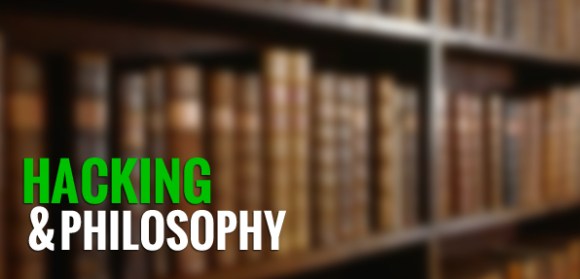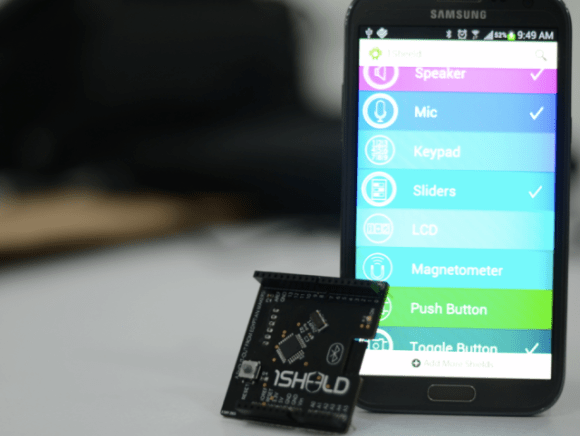
This fall marks my third (and Flying Spaghetti Monster willing, final) year as a PhD student, and although I’m no longer taking courses, I often wonder how my seminars might have differed if other hacker-types were in the classroom contributing to the discussion.
Hacking and Philosophy is a new column that explores scholarly research about hacking, and does so with a community that lives the hacking experience. It’s a chance to discuss how researchers and deep thinkers handle our culture, its image, its philosophy, etc. Put simply, think of it as a weekly book club meeting. I’ll choose the text and proceed one chapter at a time, giving you my complete response to that week’s reading while engaging your replies in the comments as well as including your important or insightful contributions in future posts. Further, I promise never to venture into Ivory Tower territory: I hate being talked down to as much as the next person.
Hacking and Philosophy only works if it’s a conversation, so I encourage contributions, corrections, respectful disagreements, and as much hypertext (obviously literally, but philosophically a la Landow) that you can manage. Think of me not as an instructor but as a fellow participant who will occasionally guide us through obscure concepts and terminology.
Keep reading after the break for a tentative book list and the reading for next week!
Continue reading “Hacking And Philosophy: An Introduction” →

















